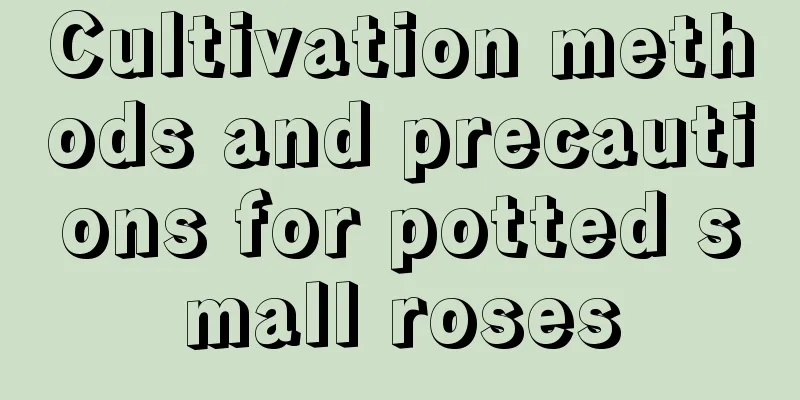Cultivation methods and precautions of Basoglossum

How to cultivate BasoglossumilluminationBracteatum generally grows on the hillsides and ancient walls in deep mountain valleys, where there is shade, short sunshine hours or only scattered light. It likes shade and avoids direct sunlight. Therefore, it should be properly shaded and placed in a place where it can absorb scattered light but avoid direct sunlight. temperatureThe bracteata grows best in an environment of 15℃-30℃. It grows poorly above 35℃. Severe cold below 5℃ will affect its growth and the bracteata will enter a dormant period. soilThe roots of the bracteolum are fleshy, so it is suitable for sandy loam rich in humus with good drainage. Generally, the soil selected is leaf mold or mountain soil, slightly acidic loose soil or iron-containing soil, and the pH value should be between 5.5 and 6.5. WateringThe bracteata has its peak growth period in summer. If it lacks water at this time, it will grow poorly. The growth of bracteolum should follow the principle of "water when dry, stop when wet, and keep it slightly dry", and water it thoroughly. FertilizationBasoglossum prefers fertile soil, and farmyard manure needs to be piled up and decomposed for more than a year before it can be used. Not much fertilizer is needed during the development and growth period, and thin liquid fertilizer can be applied every 10-15 days. Things to note when growing basilReasonable temperature controlIf the temperature is too high, the leaves of the bracteata will be burned or scorched. At this time, you should spray the surrounding area to lower the ambient temperature and provide appropriate shade. If the temperature is too low, the bracts will be frostbitten. At this time, the bracts should be moved indoors in time. Keep the air flowingBasoglossum is suitable for planting in an environment with good air circulation, so ventilate frequently to maintain the humidity and fluidity of the air. Avoid getting fertilizer on leavesWhen applying fertilizer, be careful not to let the fertilizer get on the leaves or the roots of the bracteolum, so as to avoid rotting of the leaves and roots. |
<<: What is the difference between cosmos and gesang flowers?
>>: What are the varieties of Jianlan
Recommend
How to grow flower stalks for Phalaenopsis
1. Temperature range Temperature is very importan...
Can I use old soil to replace the soil of Clivia? Do I need to water it after changing it?
1. Old soil can be used When changing the soil fo...
Only by planting spider plants in this way can the leaves be shiny and glossy! The method is super simple
Reasonable sunlight every day Chlorophytum likes ...
How to water the Brazilian tree
Overview of watering Brazilian wood The rubber tr...
Can Anthurium be planted in the ground?
Can Anthurium be planted in the ground? Anthurium...
The propagation method of Schefflera variegated
1. Ordinary cutting method Cuttings are usually t...
How to deal with the newly bought money tree
1. Pre-potting treatment A newly purchased money ...
When is the best time to sow sunflower seeds?
Sunflower seed sowing time Sunflowers are usually...
What is the best month to plant lemons?
What month is suitable for planting lemons? Lemon...
How to care for zinnia in four seasons
Spring care for zinnias Suitable for placement on...
The difference between jade bead curtain and Thousand Buddha Hands
1. Introduction The jade bead curtain belongs to ...
Cultivation methods and precautions of Xiaopan Bodhi
Xiao Pan Bodhi is very easy to maintain because t...
How many days does it take for eggplant to germinate? How many days does it take for seeds to be raised?
How long does it take for eggplant to germinate? ...
What to do if golden sedge grows too long
The elongated appearance The golden sphenanthe in...
Three taboos for spring care of succulent plants
Avoid water shortage and control water for succul...









